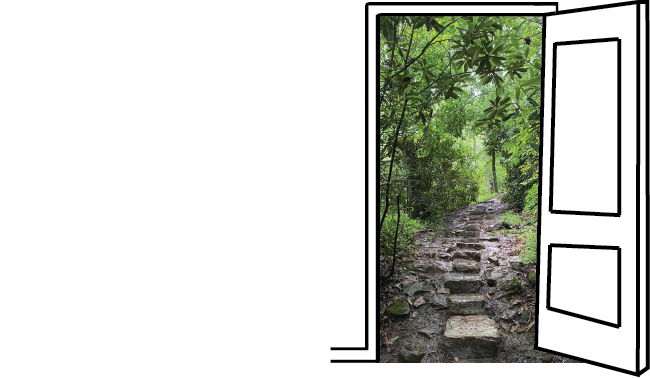Communicating in the Wild
Get children hooked on the idea of “Communicating in the Wild”
Brainstorm with children- ask the children: How do animals communicate?
Depending on how many children you are working with and what ages you are working with- this can be an activity that you simply share aloud as a group, break into small groups to discuss, or create a chart together (children love seeing their ideas valued on paper, plus it’s fun to revisit/add to as you learn more!)
After the children’s initial brainstorming, prompt them to dig deeper- ask about how animals communicate with more than just sound, how the sounds differ, and about any real life experiences where they have observed animals communicating.
See if the children have questions of their own. We recommend writing down these questions onto a ‘question board’ in a place the child can easily access, so you can refer back to the questions and have the children discover answers to their own questions. (Don’t answer the questions for your children!)
Probe the children with more questions to further pique their curiosity- How do animals know what other animals are saying? Do animals have a language? Can different species communicate with one another? (let the children add any questions they’d like to answer to your question board)
Read and sing about communicating in the wild. Use our list of books and ‘after reading activities’ to help build the excitement of communicating in the wild and begin answering the questions the children asked.
3. Since humans are the only animals that use words to communicate- challenge your children to try to communicate an expression without using words. If you have multiple children you can have them pair up or create a group charade game. You can create the expressions ahead of time or let them create their own expression. Encourage the children to use different techniques to communicate.
4. Create a sound map outside with your child.
Gather a clipboard, our downloadable Sound Map PDF and a writing utensil and select a place outdoors where you feel safe quietly sitting down and closing your eyes.
As you sit quietly outside listen for all the sounds around you. As you begin hearing sounds around you- record the sounds using pictures or words. (See example below : note how the listener added things they saw around them to their map before closing their eyes-this helps place the sounds, but is not necessary unless you would like to practice map making too!)
After you have completed your sound map, you can:
a) Compare the sounds you heard with the other people who made a sound map around you- did you hear anything the same or differently?
b) Investigate the sounds you heard by carefully approaching the areas you heard each sound (add what made the sound to your map if you’d like)
c) Go make a new sound map in a new location!
Here is an example of two people sitting in the same area creating sound maps. Notice the differences and similarities in the sounds maps. Their point of view is different, they heard different sounds, and they represented their sounds differently. This is a very open-ended activity- there is no wrong way to sound map! This is a chance to hear, record, and appreciate all the communications going on around you. Enjoy!










